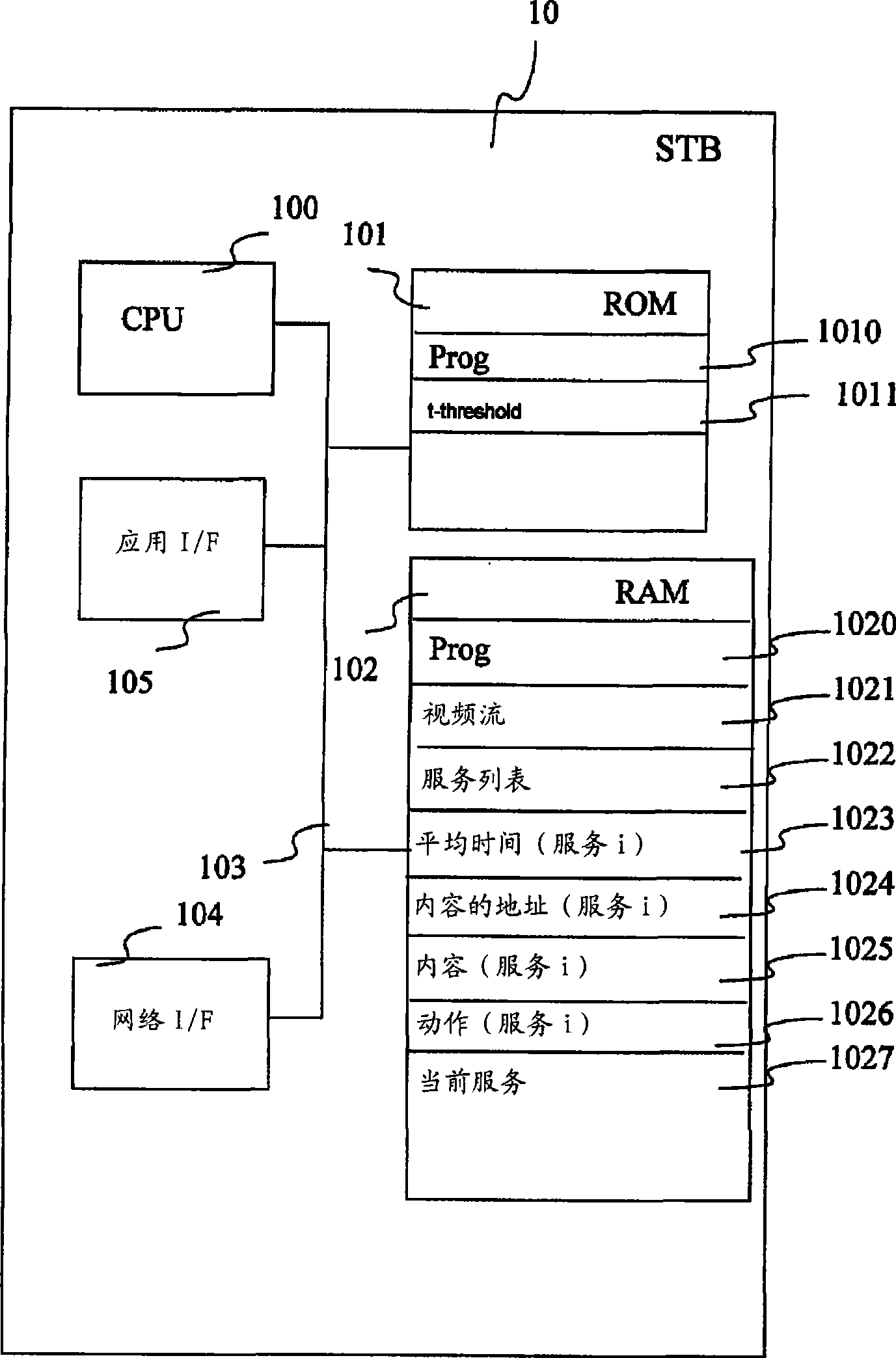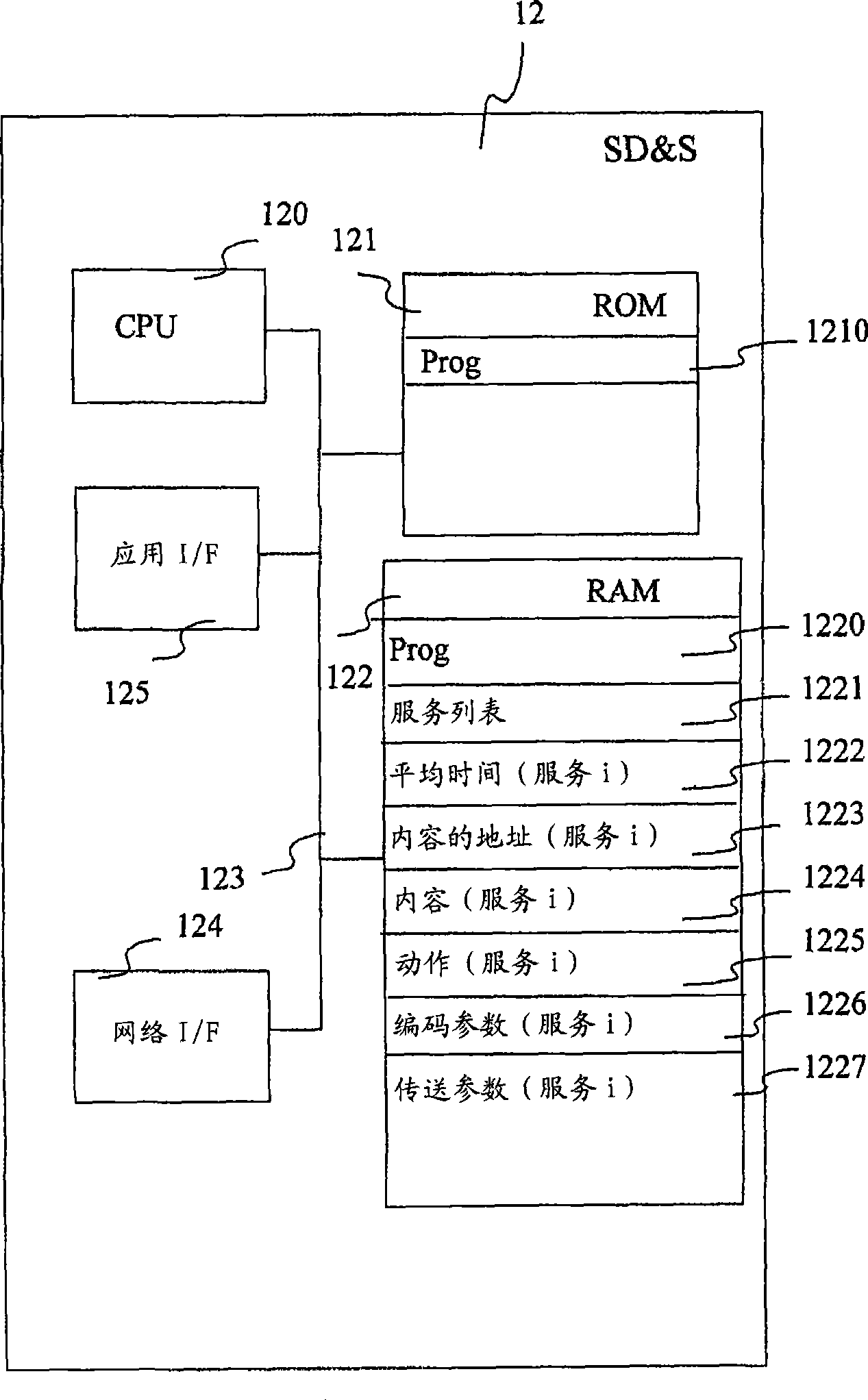Methods of receiving and sending digital television services
A TV service, digital reception technology, applied in the field of service change), can solve the problem of time-consuming
- Summary
- Abstract
- Description
- Claims
- Application Information
AI Technical Summary
Problems solved by technology
Method used
Image
Examples
Embodiment Construction
[0023] In general, the invention makes it possible to use knowledge of service change times to avoid displaying a black screen. Thus, according to various embodiments, this time may be used to display still images, information in the form of text, or other moving images (what is displayed may depend on service discontinuations and / or new services), an estimate of this time being integrated with the service list send together. This can also be done by implementing a fade-out (or "doing a fade-out") associated with one of the last images (and preferably the last image) where the service stopped, and whose duration depends on the estimated load time of the new service Used for soft changes to programs.
[0024] Information about digital television services is sent in a specific structure. Therefore, in a one-way transmission (“Broadcast” in English) (for example, in DVB-T (or “Digital Video Broadcasting-Terrestrial”) or DVB-S (or DVB Satellite) or DVB-H (or “ DVB-Handheld")), ...
PUM
 Login to View More
Login to View More Abstract
Description
Claims
Application Information
 Login to View More
Login to View More - Generate Ideas
- Intellectual Property
- Life Sciences
- Materials
- Tech Scout
- Unparalleled Data Quality
- Higher Quality Content
- 60% Fewer Hallucinations
Browse by: Latest US Patents, China's latest patents, Technical Efficacy Thesaurus, Application Domain, Technology Topic, Popular Technical Reports.
© 2025 PatSnap. All rights reserved.Legal|Privacy policy|Modern Slavery Act Transparency Statement|Sitemap|About US| Contact US: help@patsnap.com



